The Beauty of a Hawaiian Poke Bowl is in its Simplicity
Ahi poke bowls are one of the foods I most look forward to eating when we visit my family in Hawaii (aside from spam musubi, IYKYK! 😍), especially since it’s hard to get real-deal Hawaiian poke anywhere else. Even so, poke bowl cravings inevitably follow us back to the mainland. When they strike, my Mom’s recipe is the easiest way to recreate classic Hawaiian poke at home.
This tuna poke bowl recipe is very much inspired by the poke of Mom’s childhood in Honolulu – it’s super fresh & incredibly simple. After marinating cubed ahi tuna in shoyu with aromatic onions, seaweed, & nuts, simply spoon the shoyu poke over a bed of sticky white rice to soak it all up. It’s pretty much perfect all on its own, but we finish it off with a few poke bowl toppings – diced cucumber, avocado, furikake, & wasabi mayo – for complementary flavor & texture.
Compared to the colorful, toppings-loaded poke bowls that have grown increasingly popular in recent years, you’ll notice that this ahi tuna poke bowl recipe is pretty simple – that’s exactly why we love it so much! A little restraint creates space for all the beautiful island flavors to shine. Each bowl is a true celebration of Hawaii – whether you’re in the islands or on the mainland! – & nothing is more beautiful than that! 🌺🤙🏼
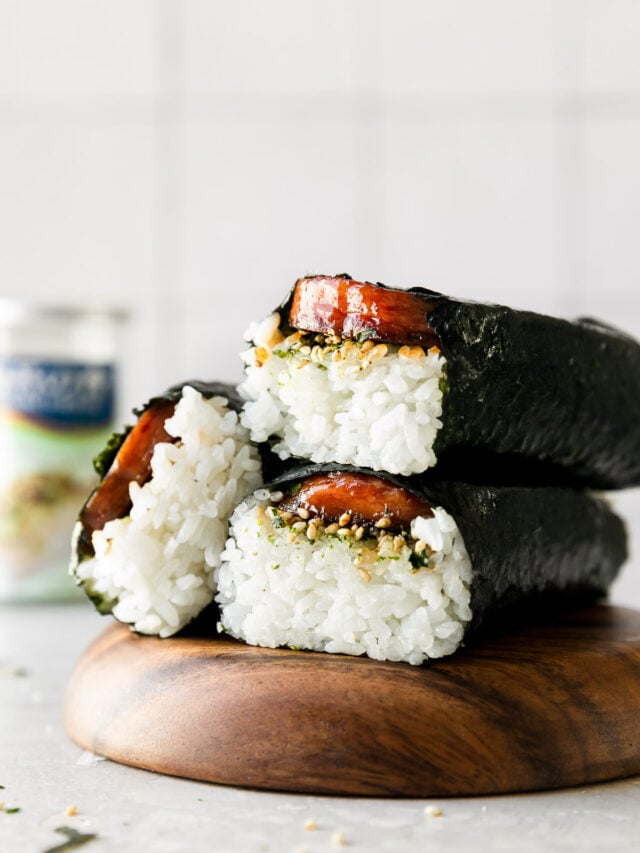
FREE Email Series: Local-Style Hawai’i Favorites
16 of my family’s recipes delivered straight to your inbox for a true taste of aloha at home! 🌺🤙🏼
Tuna Poke Bowl Recipe Highlights
This homemade ahi poke bowl is my go-to whenever I’m homesick for Hawaii! You’ll love it because it’s…
HAWAIIAN COMFORT AT HOME. Coming straight from my Hawaiian Mom’s kitchen, this tuna poke bowl recipe honors the poke she grew up with in Honolulu. Each bowl boasts gorgeous fresh fish & complementary island-inspired ingredients, creating an authentic taste of Hawai’i at home – even if you’re on the mainland!
PERFECTLY BALANCED. These homemade ahi poke bowls have the BEST balance of flavor & texture! They’re centered around a classic shoyu ahi poke (fresh ahi tuna marinated in a savory shoyu poke sauce with oceanic seaweed, crunchy nuts, & aromatic onions), served over warm & sticky white rice, & topped with crunchy cucumbers, creamy avocado, & punchy wasabi mayo. Every bite is perfection!
SIMPLE YET FLAVORFUL. Traditional Hawaiian poke bowls are as simple as spooning fresh poke over white rice. Mom’s ahi poke bowl recipe honors the simplicity of tradition, adding just a few flavor-forward toppings that make each bowl even more colorful & crave-worthy!
Poke perfection, whether you’re in Hawaii or on the Mainland! ♡ Read on to learn more about how to make Ahi Tuna Poke Bowls, or jump straight to the recipe & get cooking!
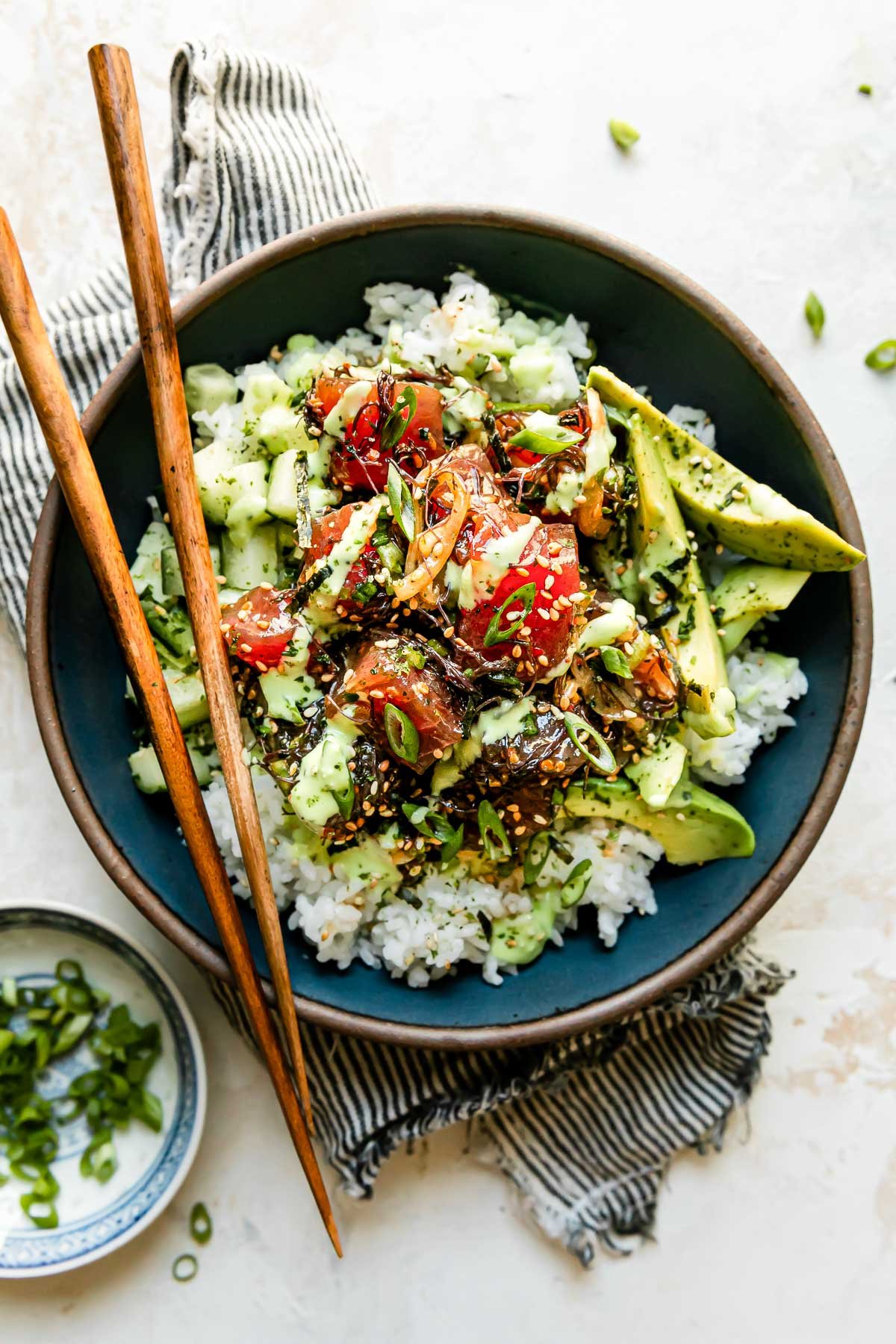

FREE Email Series: Local-Style Hawai’i Favorites
16 of my family’s recipes delivered straight to your inbox for a true taste of aloha at home! 🌺🤙🏼
What is a Poke Bowl?
The star of any poke bowl is poke: raw fish seasoned with ingredients like seaweed & sweet onions. It’s a traditional Hawaiian dish, like kalua pork, that originated on the islands by native Hawaiian fisherman. The abundance of fresh seafood in Hawaii results in many different types of poke, but ahi tuna poke is my all-time fave. While it’s common to enjoy poke on its own as a pupu (appetizer), it’s also often served over rice as a poke bowl.
While poke bowls have exploded in popularity on the mainland in recent years, they’re a longtime favorite in Hawaii. Whether you have yet to try one or you’re looking for a quick recipe to satisfy poke bowl cravings at home, my Mom’s ahi tuna poke bowl recipe is the perfect place to start!
A few more poke bowl FAQs…
- How to pronounce poke bowl ⇢ “Poh-keh” bowl (or “poh-KAY” bowl with a Minnesota accent 😉) – not “pokey” or “poke.” 🙂
- Where did poke bowls originate? ⇢ Hawaii! Poke is a traditional Hawaiian dish developed on the islands by native fishermen who would eat small reef fish raw with sea salt, kukui nuts, & limu.
- Why is poke called poke? ⇢ In the native Hawaiian language, poke means “cut into chunks” which describes the way the fresh fish is prepared.
- What is in a poke bowl? ⇢ Poke bowls are typically super simple in Hawaii. Fresh poke on top of fluffy white rice is all you need!
- What is ahi tuna poke bowl then? ⇢ An ahi poke bowl is a bowl of ahi tuna poke served over white rice. It’s one of my favorite ways to eat poke!
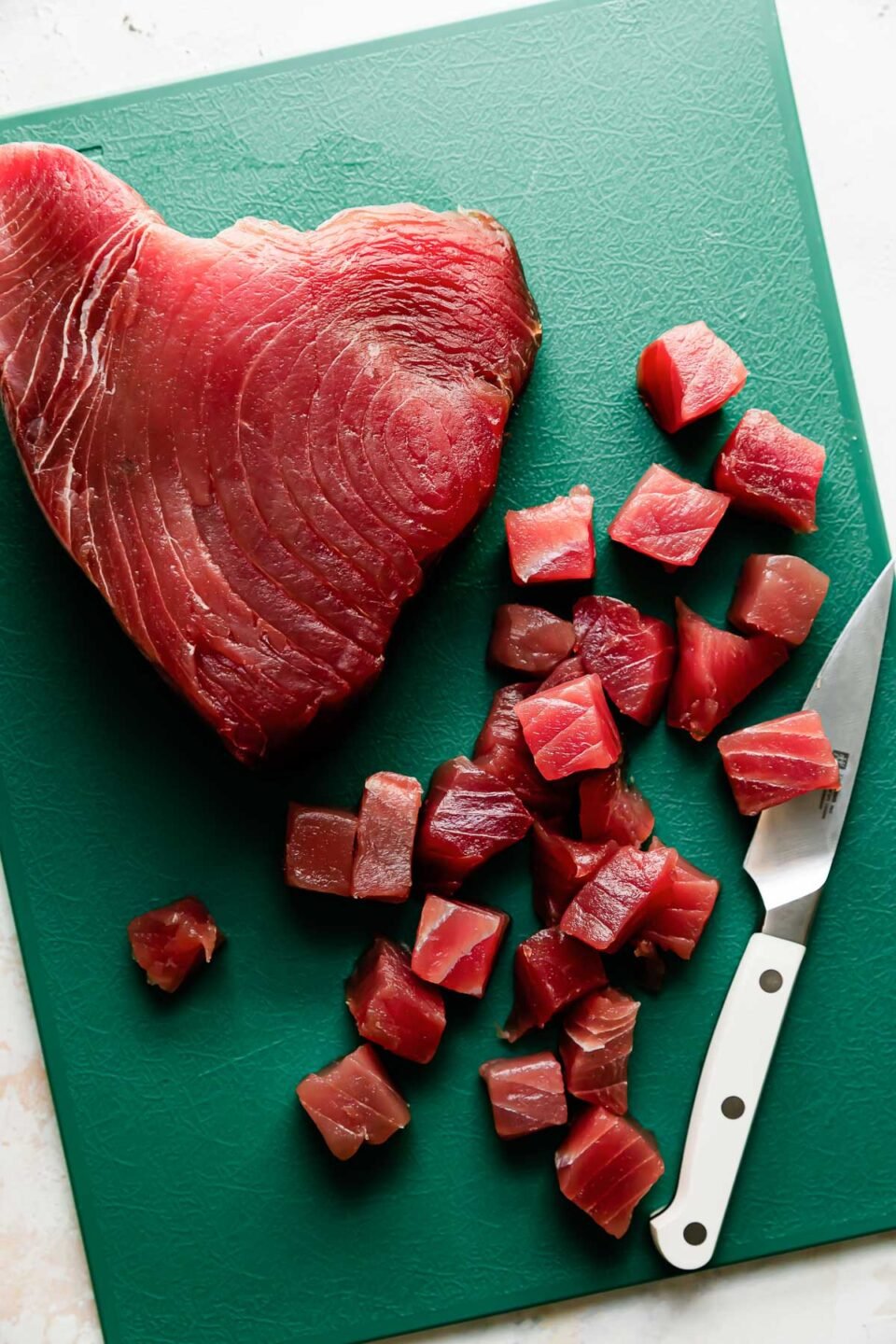
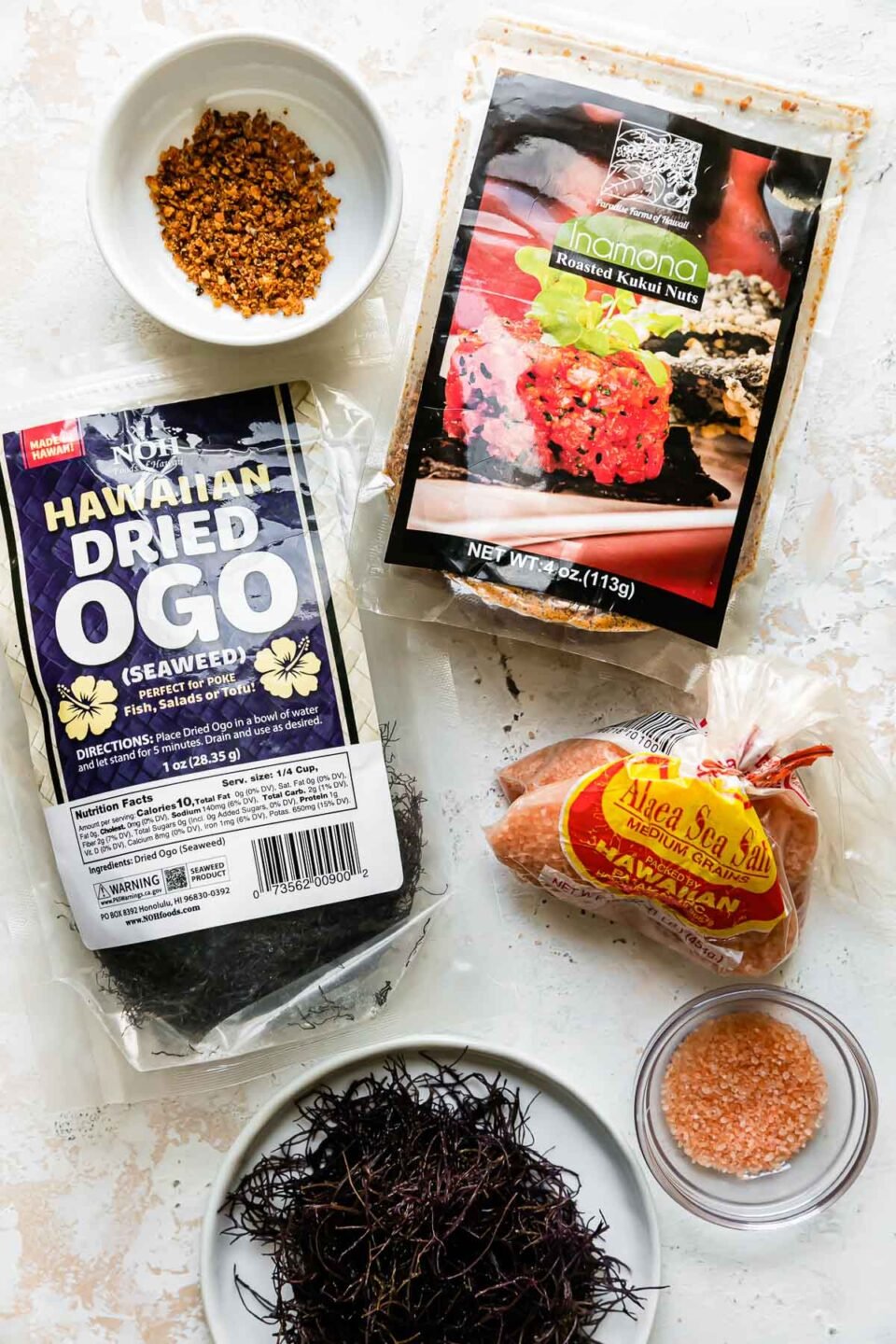
Note: Full ingredients list & measurements provided in the Recipe Card, below.
Hawaii Poke Bowls vs. Mainland Poke Bowls
Poke bowls are a staple in local Hawaiian cuisine & are now enjoyed by lots of people outside of the islands. As someone who lives on the mainland but has traveled to Hawaii to visit family my entire life, I’ve noticed the flavors & textures of poke bowls drastically differ between the 2 places:
- Hawaiian poke bowls are special because the poke is made with super fresh ingredients that are native to Hawaii – it’s like the islands themselves are an essential ingredient! Since the poke so fresh & flavorful on its own, poke bowls in Hawaii are traditionally quite minimalist, often consisting of just poke & rice.
- Mainland poke bowls often come loaded with toppings (fruit! veggies! sriracha sauce!) since it can be quite difficult & expensive to source fresh Hawaiian ingredients outside of the islands. The resulting bowls are maximalist, colorful, & leave lots of room for customization – I assume that’s why people enjoy them so much!
Key Ingredients
The Hawaiian poke bowls of Mom’s childhood are much simpler than the trendy, toppings-loaded poke bowls you find today – especially at mainland poke restaurants! At my house, we prefer to honor the tradition of Hawaiian poke by serving our ahi poke bowls with poke, rice, & a just few carefully selected toppings to provide contrasting textures & balanced flavors.
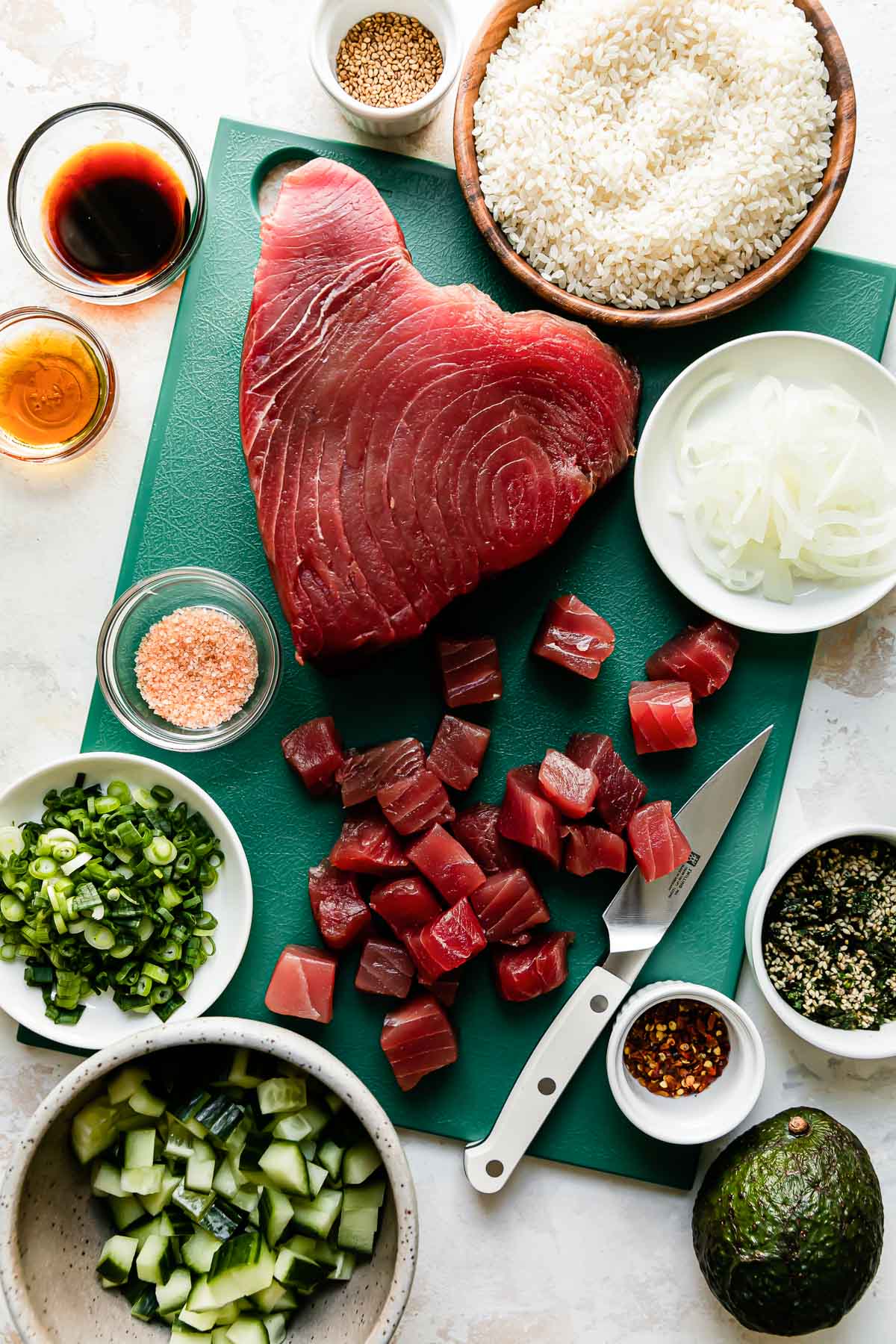
Note: Full ingredients list & measurements provided in the Recipe Card, below.
To make this tuna poke bowl recipe, you need…
- Rice – Our preferred variety is Calrose rice, the medium-grain white rice often used in Hawaii. It gets nice & sticky as it cooks, creating the perfect bed for fresh ahi tuna & savory shoyu poke sauce. If you have trouble finding Calrose rice, a short-grain rice like sushi rice will work just fine. If you prefer to use brown rice or want to make a low carb bowl with something like cauliflower rice – go for it.
- Shoyu ahi poke – My Mom’s shoyu poke is the best – it tastes just like Hawaii, & it’s so easy to make! You simply marinate cubed ahi tuna steaks with local Hawaiian ingredients like shoyu (a mellow Japanese soy sauce that’s popular in Hawaii), sesame oil, sweet & green onions, Hawaiian sea salt, Inamona, seaweed, sesame seeds, & crushed red pepper flakes. The most important part about this ahi tuna poke is taking the time to source the right ingredients. It’s the best way to get a taste of traditional Hawaiian poke! Learn more! ⇢ Mom’s Shoyu Ahi Poke Recipe.
- Optional toppings – We like to use 4 simple toppings to enhance the poke with some extra flavor & texture – English cucumber adds cool crunch, avocado adds creaminess, a sprinkle of furikake (Japanese rice seasoning), & a little wasabi mayo for a spicy punch. If you love other poke bowl toppings – go for it!
Shop This Post
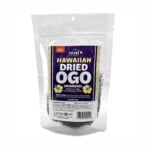 Buy Now →
Buy Now → 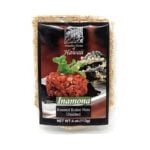 Buy Now →
Buy Now → 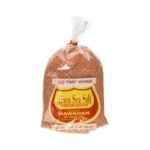
Hawaiian Sea Salt (red ‘Alaea salt)
Buy Now →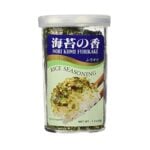 Buy Now →
Buy Now → 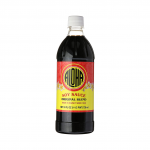 Buy Now →
Buy Now → 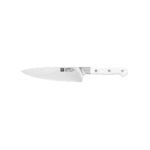 Buy Now →
Buy Now → 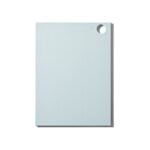 Buy Now →
Buy Now → 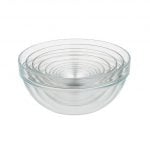 Buy Now →
Buy Now → 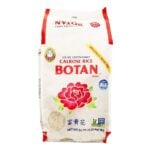 Buy Now →
Buy Now → 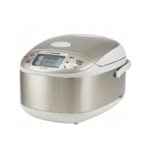
Zojirushi NS-TSC10A Rice Cooker
Buy Now →How to Make Poke Bowls with Ahi Tuna
My mom’s ahi poke bowl recipe is super simple in honor of Hawaiian tradition. The most difficult part is preparing your poke (& even that is mostly a hands-off process!). From there, all that’s left is to serve it in a bowl with white rice!
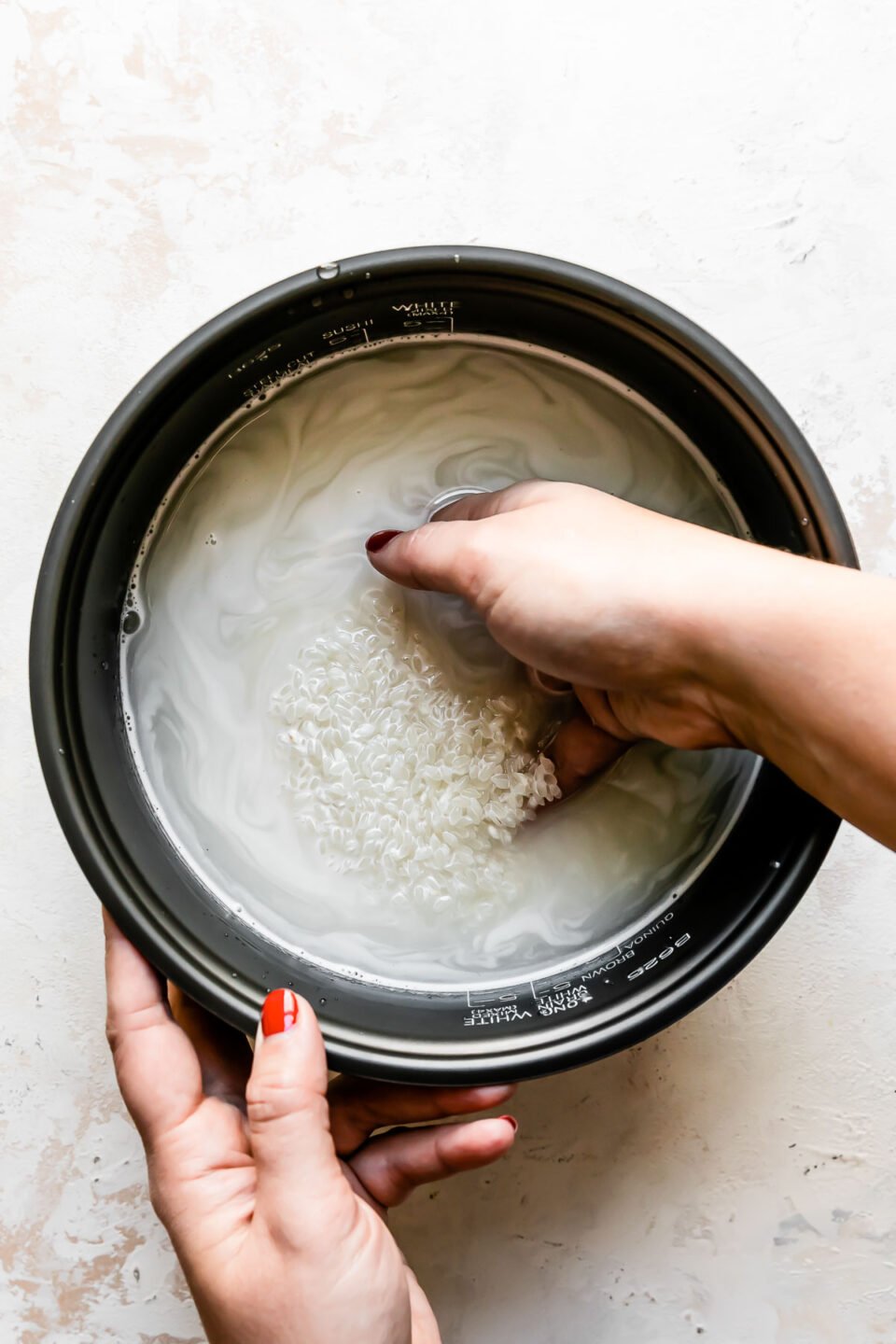
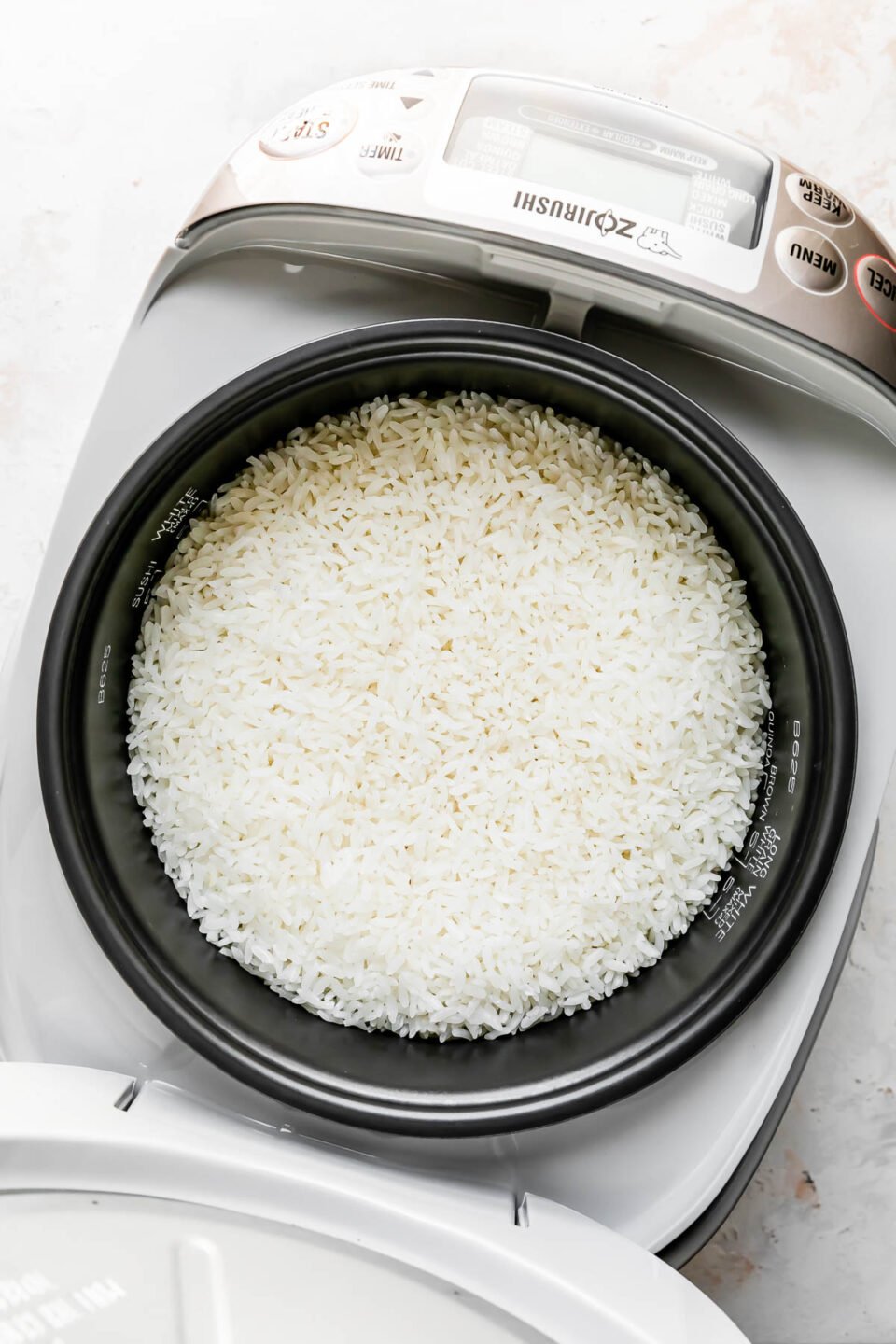
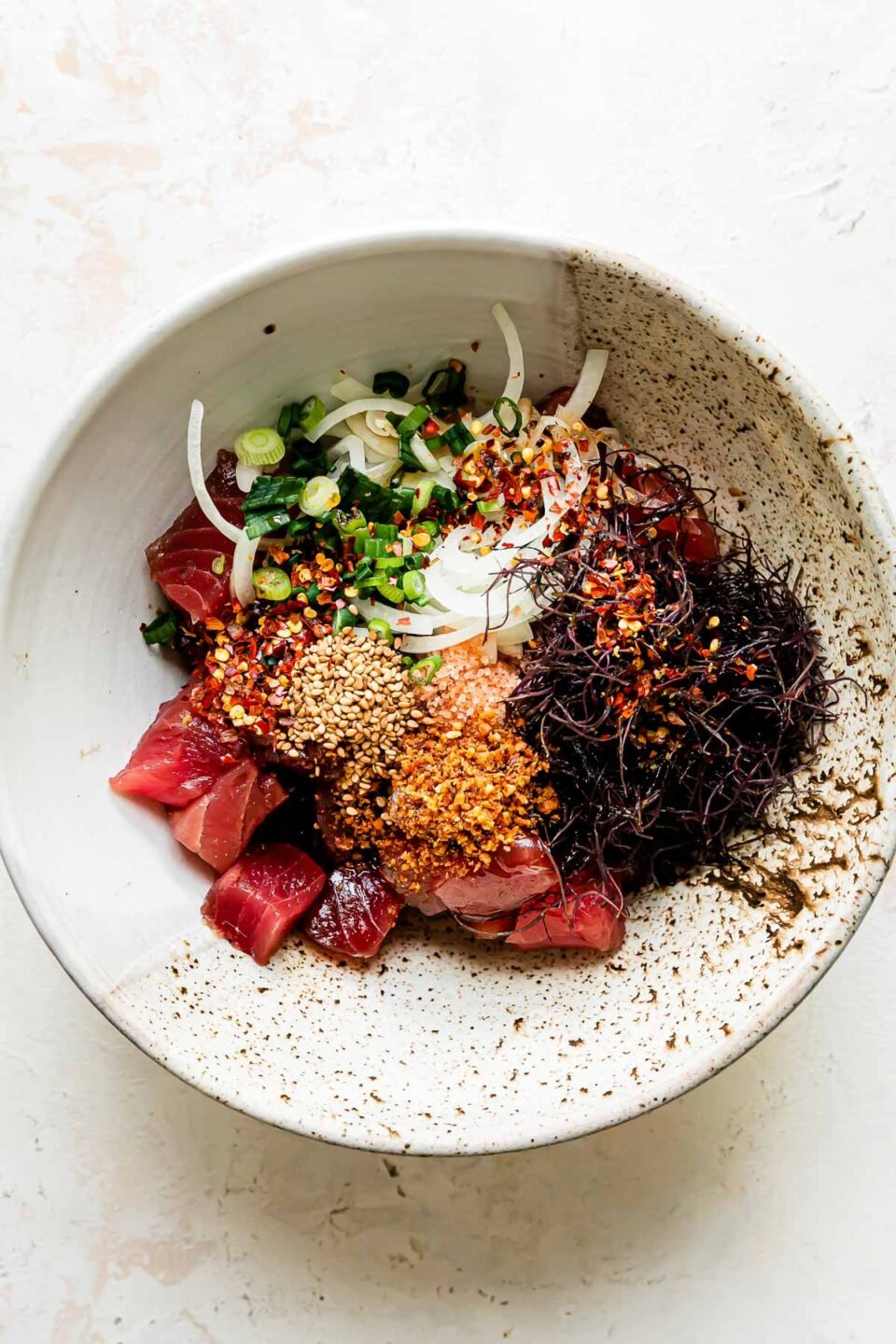
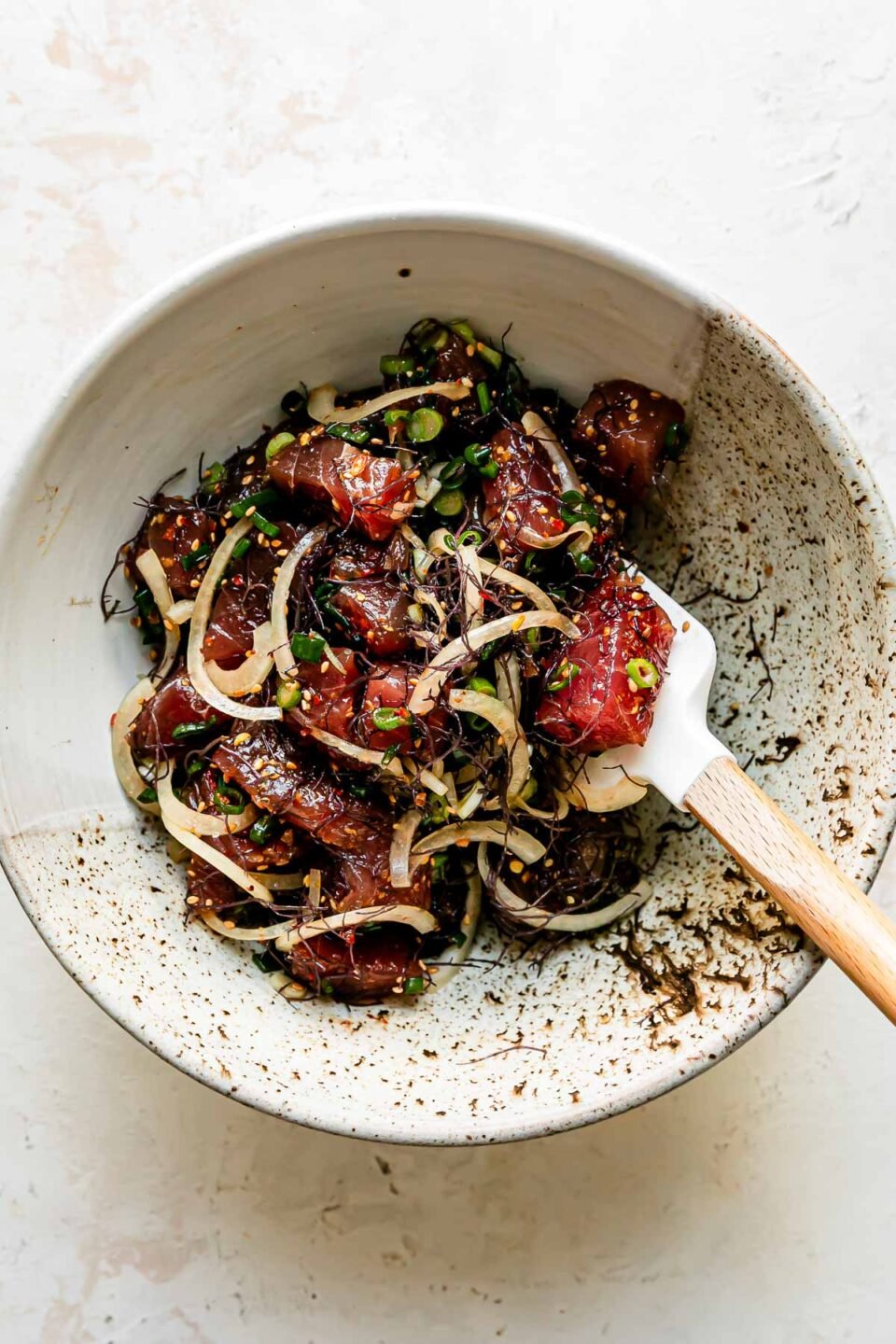
Full Recipe Directions, including step-by-step photos, are included in the Recipe Card, below.
Cook the rice. Be sure to rinse your rice thoroughly to remove starch from the surface of the grains for a beautifully sticky consistency! Transfer to a rice cooker & cook according to the manufacturer’s directions. Important! ⇢ For extra fluffy rice, be sure to let the rice rest & steam for 5-10 minutes after it finishes cooking.
Prepare the ahi tuna poke. Combine cubed ahi tuna with sliced onions, ogu or limu, shoyu, sesame oil, sea salt, nuts, sesame seeds, & crushed red pepper. Let it rest in the fridge so the fish soaks up all of the aromatic flavor of the marinade. Learn more! ⇢ Mom’s Ahi Poke Recipe.
Assemble! Place the cooked rice in a bowl & spoon the ahi tuna poke on top. Enjoy as-is or with a few extra toppings. Important! ⇢ Use the paddle to gently scrape the rice out of the pot & into your bowl – don’t dig! Digging into the rice compacts its texture & we want our poke bowl rice to be light & fluffy.
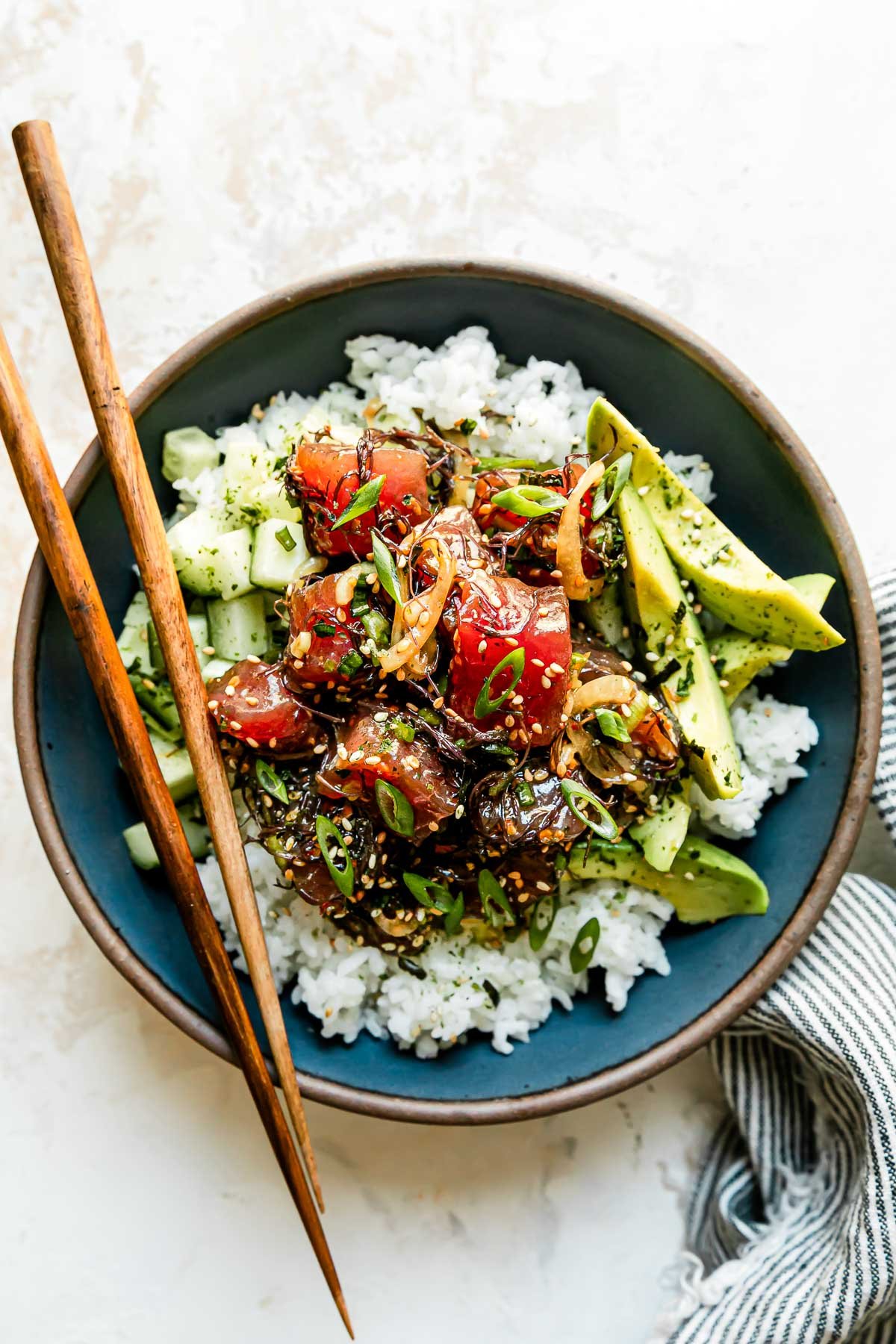
Ahi Poke Bowl Toppings
When it comes to poke bowl toppings, we believe less is more! This is the way my Mom grew up eating tuna poke bowls in Hawaii. That being said, we do love how a few simple add-ins can enhance the fresh poke with extra textures & flavors.
Our favorite poke bowl toppings for ahi poke bowls include…
- Diced cucumber for a little crunch & freshness.
- Avocado for a touch of creaminess.
- Furikake is a Japanese rice seasoning made of sesame seeds, nori, salt, & sugar. It’s a total umami bomb & it’s amazing sprinkled on top of rice. It’s grown increasingly popular in recent years, so you can often find furikake in the “international” aisle at most conventional grocery stores near other Asian ingredients. You can also order it online.
- Wasabi mayo is made from a simple blend of mayonnaise & wasabi paste. Wasabi comes from a plant native to Japan & has a pungent flavor similar to horseradish, with a hint of quickly fading heat. A little goes a long way – we love it!
Make it your own! ⇢ Hawaiian poke bowls are traditionally made with minimal toppings, but if you’re accustomed to a more “loaded”-style poke bowl – go for it! Many mainland poke bowls add extra vegetables like shredded carrots or radishes, raw ginger, edamame, diced mango or pineapple, or a seaweed salad. If that’s what you love, then feel free to use them here too.
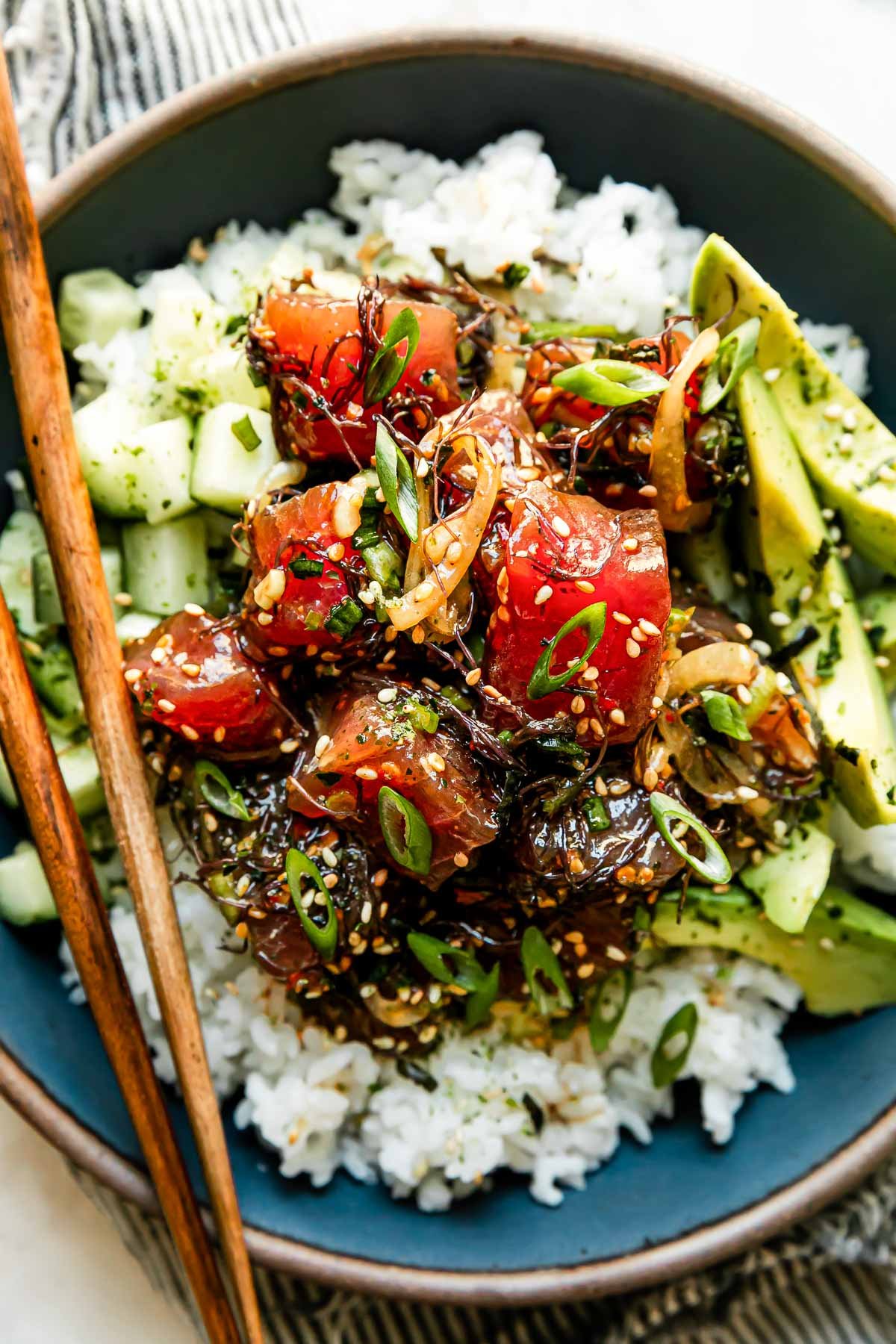
Other FAQs
Do you eat ahi poke raw?
Yes! One of the best parts about an ahi tuna poke bowl is the fresh flavor of the raw fish. With that in mind, it’s super important to source the ahi tuna from somewhere you trust since you’re preparing it raw. My best advice is to contact your local fishmonger – they’ll know what’s best!
How to prepare ahi tuna for poke bowl?
Mom’s Shoyu Ahi Poke recipe is my favorite. It always satisfies my poke cravings on the mainland!
Best rice for poke bowls?
A short or medium-grain white rice is best for this poke bowl recipe because it has a beautiful light & slightly sticky texture. My family is partial to Calrose rice.
How to make sticky rice for poke bowl?
Aside from choosing the right rice variety, the key to properly preparing sticky rice is rinsing it very well – until the water runs clear. This removes excess starch from the surface of the rice & helps create a light & sticky texture. Once you’re done cooking the rice, let it steam for 5-10 minutes for extra fluffiness. To serve, use a rice paddle to gently scrape the rice out of the pot – don’t dig! Digging into the rice compacts its light & fluffy texture.
How to eat a poke bowl?
We think the best poke bowls are simple poke bowls! Serve the fresh ahi poke over a bed of warm white rice & you’re good to go! A few extra toppings like diced cucumber, avocado, furikake, & wasabi mayo can also help enhance the poke bowl flavors.
Storing leftover ahi tuna poke bowls.
Tuna poke bowls are best enjoyed fresh since the raw fish will only last a day or two. If you have leftovers, feel free to store the components in separate airtight containers in the fridge & assemble more poke bowls the next day.
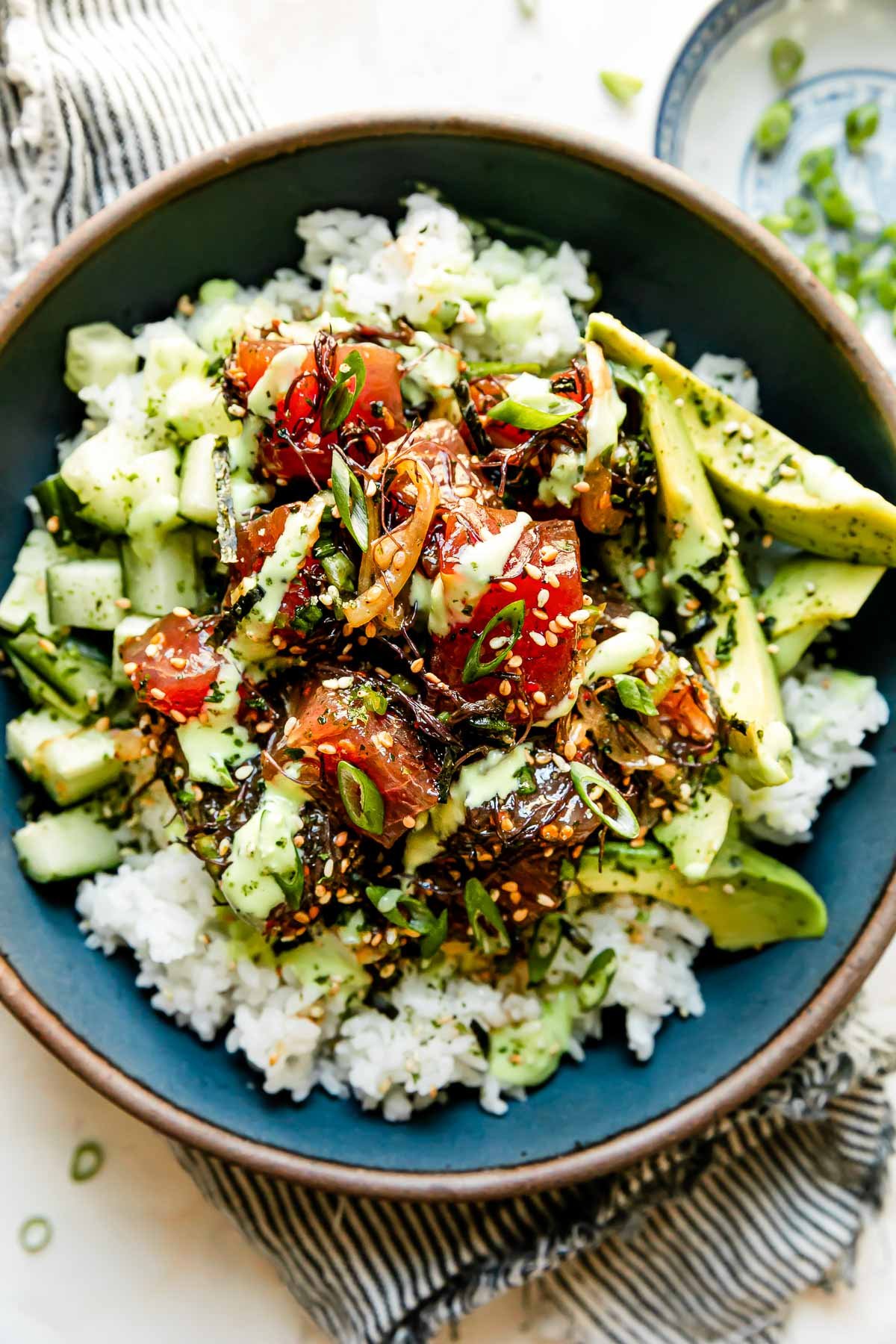
I can’t wait for you to try these Ahi Poke Bowls! Hawaiian recipes like this one mean a lot to me & my family, so it’s always super special to share them with you. Homemade ahi poke bowls are fantastic no matter where you prepare them!
If you do give it a try, be sure to let us know! Leave a comment with a star rating below. You can also snap a photo & tag @playswellwithbutter on Instagram. We LOVE seeing your PWWB creations! ♡ Happy cooking!
More Recipes Like This:
Hawaiian Recipes & Local Favorites 🌺
- Best-Ever Kālua Pig (Hawaiian-Style Pulled Pork!)
- Best-Ever Spam Musubi
- Hawaiian Shoyu Chicken
- Mom’s Hawaiian Mac Salad (25-Minute Macaroni Salad)
- Grandpa Clarence’s Hawaiian Beef Stew
- Hawaii-Style Kalbi (Grilled Korean Beef Short Ribs)
- Mom’s Chow Fun (Hawaiian-Style Pork Chow Fun)
- Grilled Huli Huli Chicken
- Furikake Salmon
- Light & Crispy Mochiko Chicken (Hawaii-Style Fried Chicken Thighs)

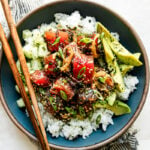
Ahi Tuna Poke Bowls
- Prep Time: 30 minutes
- Cook Time: 1 hour
- Total Time: 1 hour 30 minutes
- Yield: serves 3-4 1x
- Category: Main Dishes, Entree Salads & Bowls
- Method: No-Cook
- Cuisine: Hawaiian
Description
While they’ve exploded in popularity here on the mainland in recent years, my Hawaiian family has enjoyed poke bowls for as long as I can remember! Whether you have yet to try one or you’re looking for a quick recipe to satisfy poke bowl cravings at home, my Mom’s Ahi Tuna Poke Bowl recipe is the perfect place to start!
Inspired by the poke of Mom’s childhood in Honolulu, these bowls consist of 3 main components:
- Shoyu ahi poke, a pretty classic poke that highlights the freshness of its ingredients. Mom’s version is the best! You’ll want to take time to source the right ingredients (we have lots of guidance included in the Recipe Notes, below!), but you’ll love how they come together to easily create a poke with clean, balanced flavor. Learn more! ⇢ Mom’s Shoyu Ahi Poke.
- Rice. My family’s preferred variety is Calrose, a medium-grain white rice that’s popular in Hawaii. For best results, be sure to rinse the rice really well, prepare it in a rice cooker, & let it rest for 5-10 minutes before serving.
- Toppings. We keep things simple, using just 4 carefully considered toppings to enhance the bowls with complementary flavor & texture: cucumber adds cool crunch, avocado adds creaminess, furikake adds extra seasoning, & the littlest bit of wasabi mayo adds a spicy punch.
You’ll notice this recipe is much simpler than the colorful, toppings-loaded poke bowls you find today at poke restaurants, which is intentional. At my house, we prefer honoring the tradition of Hawaiian poke with simplicity – a little restraint creates space for the beautifully fresh flavors to shine. My hope is that once you try them, you’ll really appreciate it too. ♡
Ingredients
- 1 cup Calrose rice, rinsed well
- shoyu ahi poke, below (see Recipe Notes)
- optional: ½ English cucumber, peeled as desired & diced into ½-inch cubes
- optional: ¼ cup furikake
- optional: ⅓ cup wasabi mayo (⅓ cup mayonnaise + 1-2 teaspoons wasabi paste, to taste)
for the shoyu ahi poke:
- 1 pound sashimi-grade ahi tuna, diced into ¾-inch cubes
- ¼ large sweet onion, thinly sliced (approx. ¼ cup)
- 3 green onions, thinly sliced (approx. ⅓ cup)
- optional: 2 tablespoons dried ogo or limu (or ¼ cup rehydrated ogo or limu made from 2 tablespoons dried placed in 2.5 cups of lukewarm water). (Hawaiian seaweed, see Recipe Notes)
- 2–3 tablespoons shoyu or soy sauce (sub tamari if gluten-free)
- 1 tablespoon toasted sesame oil
- 1 teaspoon Hawaiian sea salt
- 1 teaspoon finely chopped Inamona or toasted macadamia nuts
- 1 teaspoon toasted sesame seeds
- ¾ teaspoon crushed red pepper
Instructions
- Rinse the rice: Transfer the rice to the rice cooker’s inner cooking pan. To rinse the rice, cover the rice with warm water, give it a good jostle with your hands to agitate the dust off the rice’s surface, then carefully drain the water. Repeat rinsing until the water runs clear – this takes a good minute or two; be patient! (Learn more! ⇢ How to Properly Wash Rice.)
- Cook the rice: Following the ratios provided in the manufacturer’s directions, add water to the inner cooking pan. Place the inner cooking pan in the rice cooker & cook according to the manufacturer’s directions. Once the rice is done, let it steam & rest for 5-10 minutes before serving.
- Mix the poke: Meanwhile, as the rice cooks, prepare the poke. In a medium bowl, combine the cubed tuna, sliced sweet onion & green onion, ogo or limu (if using), shoyu, toasted sesame oil, Hawaiian sea salt, inamona or macadamia nuts, toasted sesame seeds, & crushed red pepper. Gently stir, combining the ingredients well. Cover & transfer to the refrigerator to marinate for at least 1 hour. (Learn more! ⇢ Mom’s Shoyu Ahi Poke Recipe.)
- Poke bowl assembly: Use a rice paddle to portion the rice into individual bowls. Be sure to use the paddle to scrape the rice out of the pot rather than digging it – doing so compacts the rice & we want our poke bowl rice to be nice & light! Spoon the chilled poke over the rice, along with toppings of choice. Enjoy!
Notes
- Ingredient Notes:
- Best rice for poke bowls: For best results, use either short-grain or medium-grain white rice for your poke bowls. My family is partial to Calrose-style medium-grain white rice (preferred brands: Botan & Kokuho Rose), though sushi-style short-grain white rice can be used to make poke bowls as well.
- Shoyu ahi poke: While you can build a poke bowl using a wide variety of seafood, the shoyu ahi poke used for this poke bowl recipe is the version my mom always makes. We love it – like local-style Hawaiian poke, it’s simple, traditional, & highlights the fresh flavor of the fish. If you’d like to learn more, be sure to check out our Shoyu Ahi Poke recipe.
- Best fish for poke: As the star of any poke recipe, it’s important to use the best quality fish you can find. Since poke is a raw preparation, it’s also important to source your fish from somewhere you trust. While some swear by using only “sushi-grade fish” or “sashimi-grade fish,” these designations aren’t regulated – this is an interesting read on the matter. Rather than focusing on specific labels, I suggest heading to your local fishmonger & letting them guide you in the right direction. If you’re local to the Twin Cities Metro, I am a big fan of Coastal Seafoods – they have storefronts in both Minneapolis & St. Paul. This is also a great base recipe – if you cannot find ahi tuna, feel free to swap it for salmon or whatever looks best at the fish counter.
- Poke bowl toppings: In Hawaii, poke bowls are much simpler than the over-the-top versions that have become increasingly popular here on the mainland in recent years. Traditionally, a Hawaiian poke bowl is made by simply spooning the prepared poke over warm rice without any other toppings. But, if you’re accustomed to a more “loaded”-style poke bowl, go for it! A few of the extra add-ons we love at my house are included in the Ingredients List, above (we love the crunch of English cucumber, the oceanic flavor of furikake, & the kick of wasabi mayo), but have fun with it & pile on whatever poke bowl toppings you’re most excited about!
- Storage: Once assembled, poke bowls are best enjoyed fresh. Store any leftovers in separate airtight containers in the refrigerator for no more than 1-2 days. Reheat the rice in the microwave, then spoon the chilled poke over top.
Want More Local-Style Hawaii Recipes? Join Our Email List!
Sign up for the PWWB email list & we’ll send you our FREE Local-Style Hawaii Favorites Email Series straight to your inbox. These recipes are…
- My family’s special recipes – From Mom’s famous Hawaiian Mac salad to my Hawaiian Grandpa’s cozy beef stew these recipes hold a special place in my heart & have become PWWB reader favorites too!
- Easy to make at home – You can now enjoy a true taste of Hawai’i right at home!
- A joy to cook & a joy to eat. – The next best thing to visiting the islands yourself. 🌺
Plus, we’ll keep you in the loop by sharing every NEW recipe as soon as they go live on Plays Well With Butter – all delivered straight to your inbox!
Recipe and Food Styling by Jess Larson, Plays Well With Butter | Photography by Rachel Cook, Half Acre House.
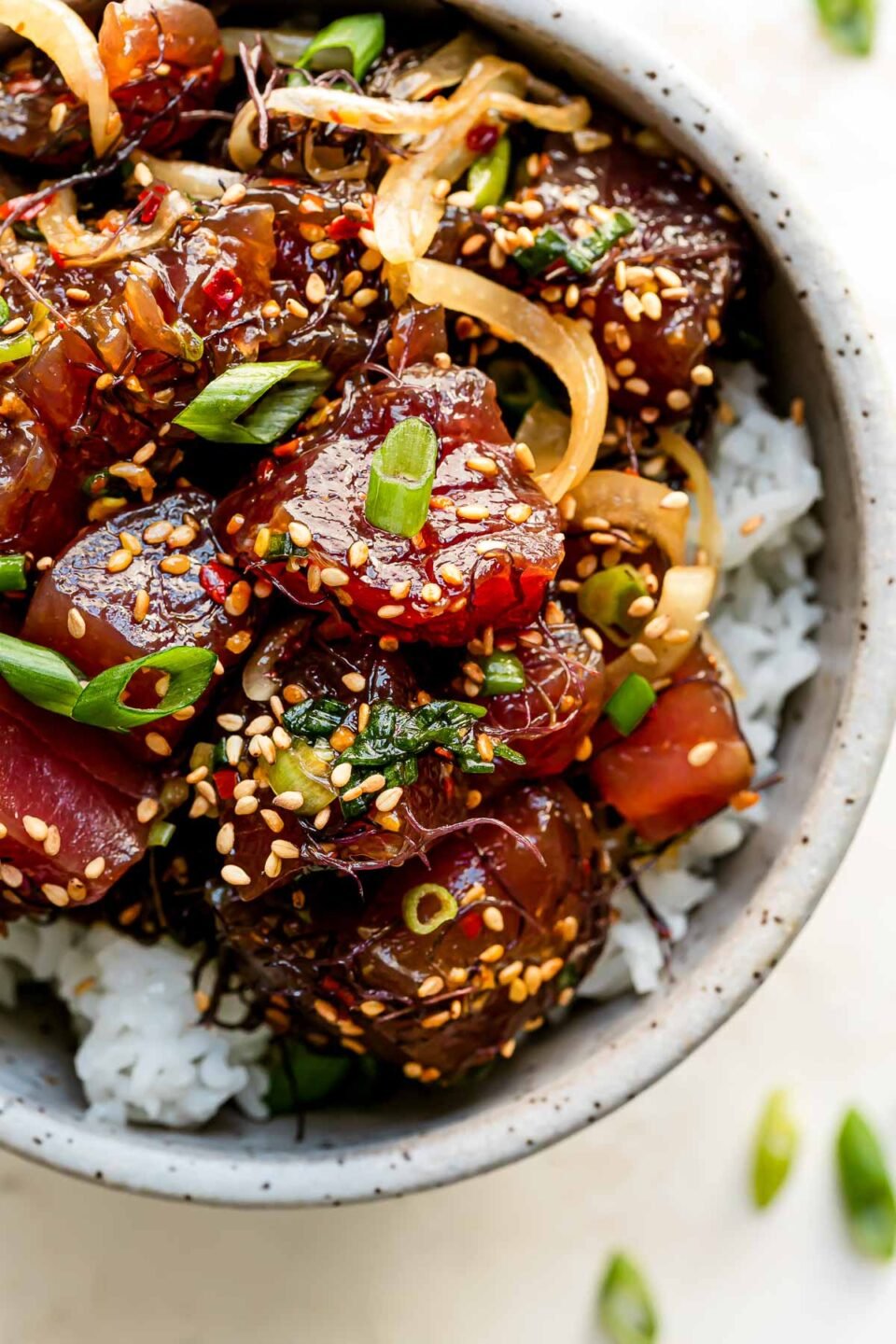

Follow along with Plays Well With Butter on Instagram, YouTube, Facebook, and Pinterest for more unfussy recipes that pack a big punch of flavor!


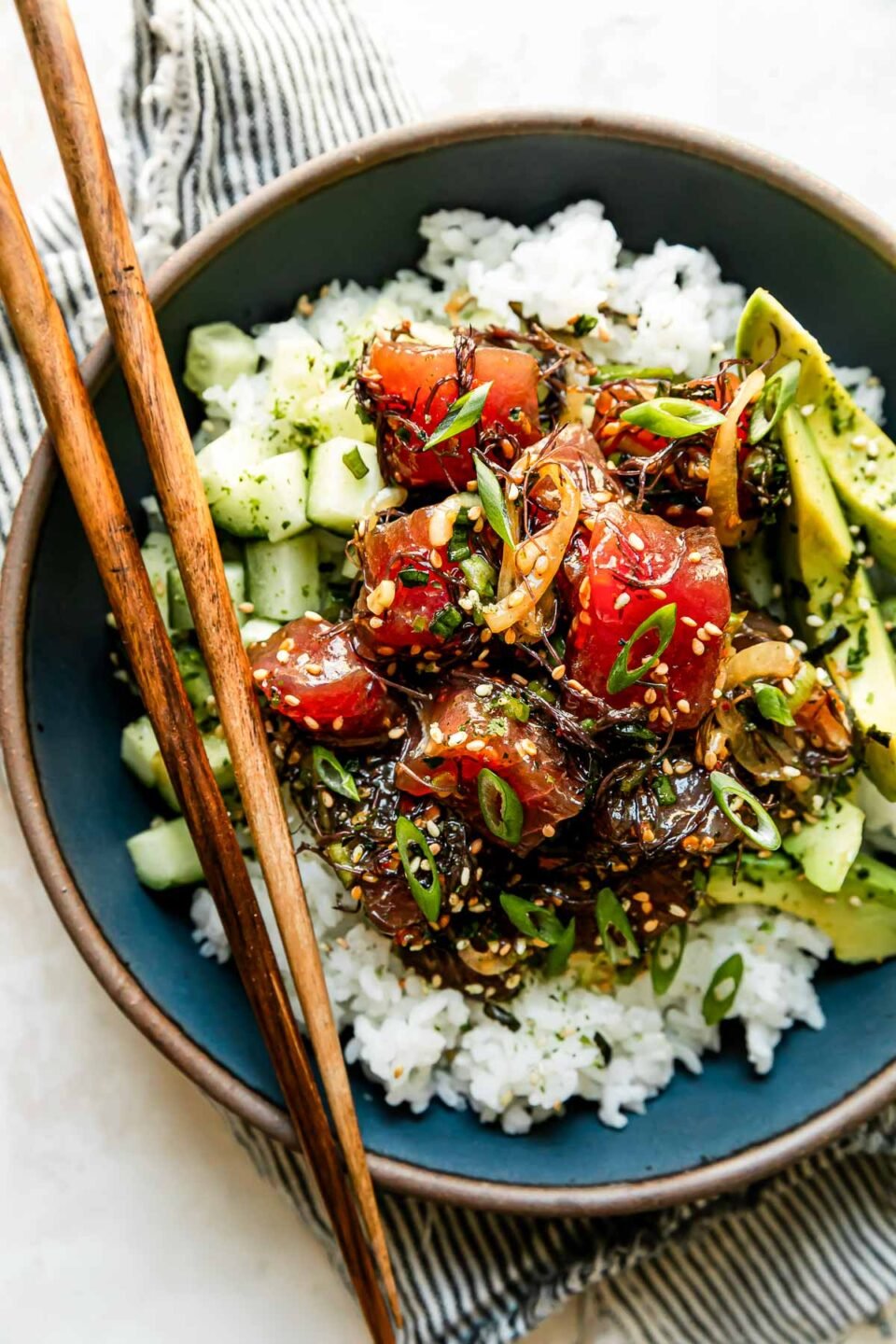
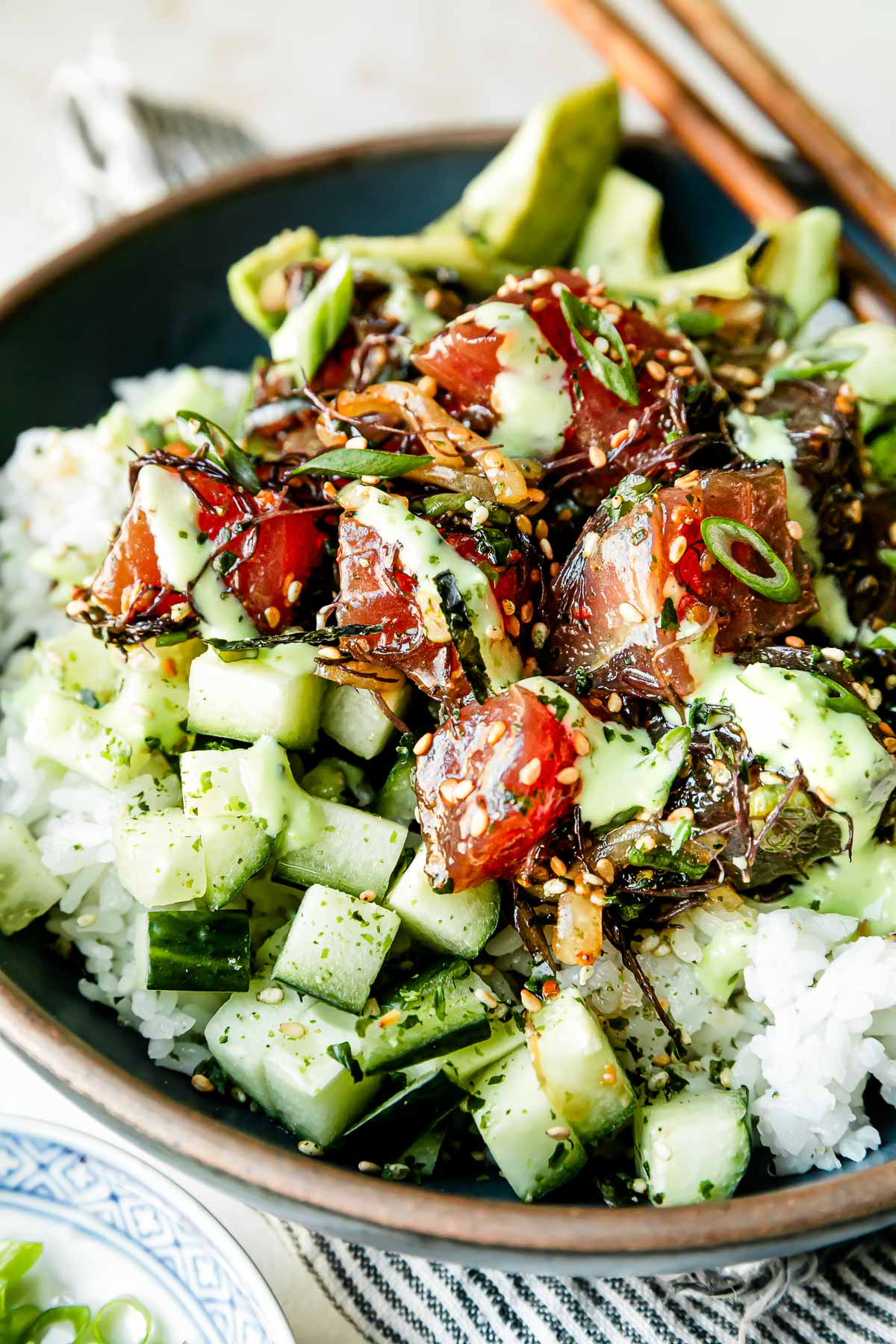
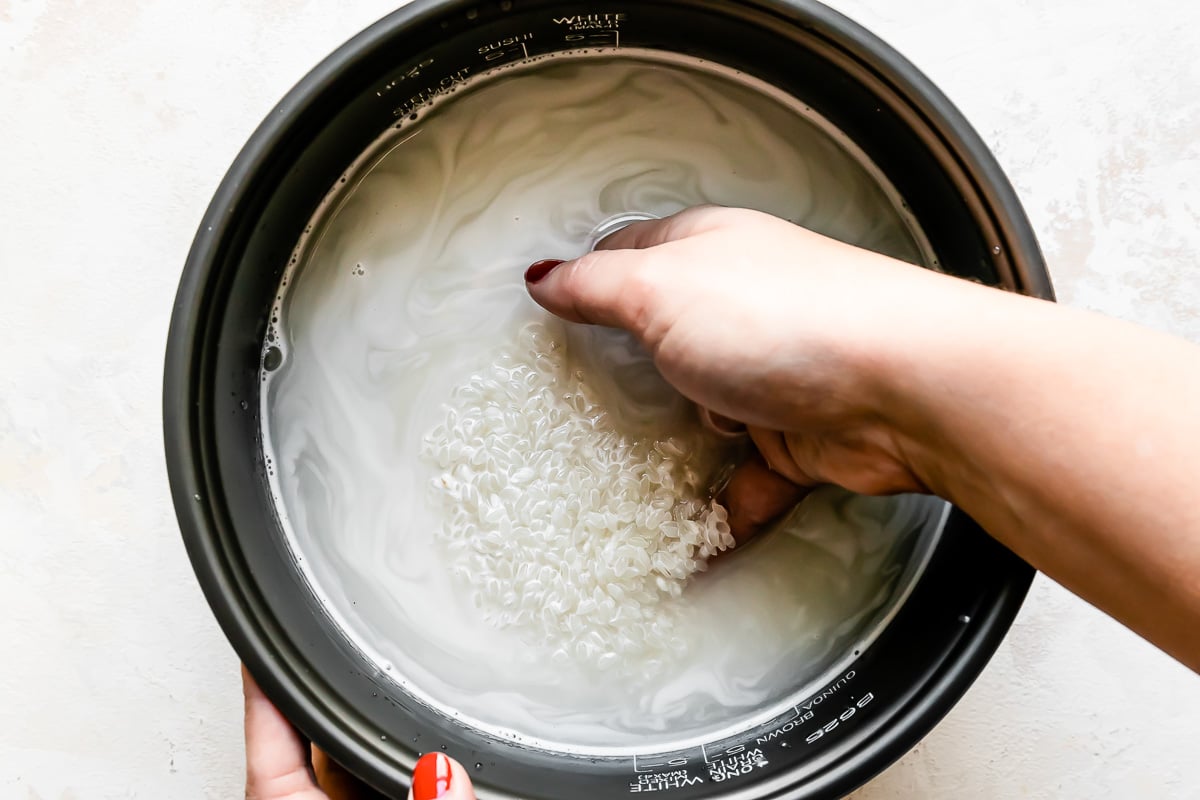
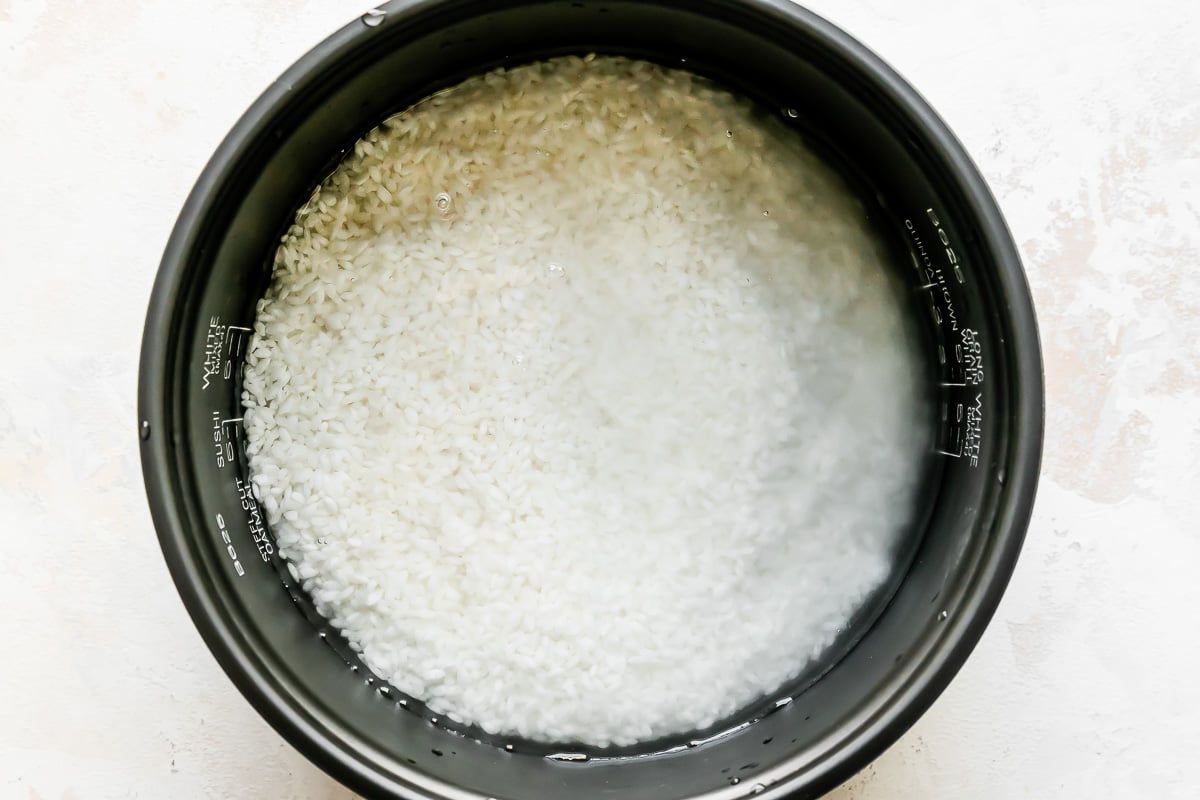
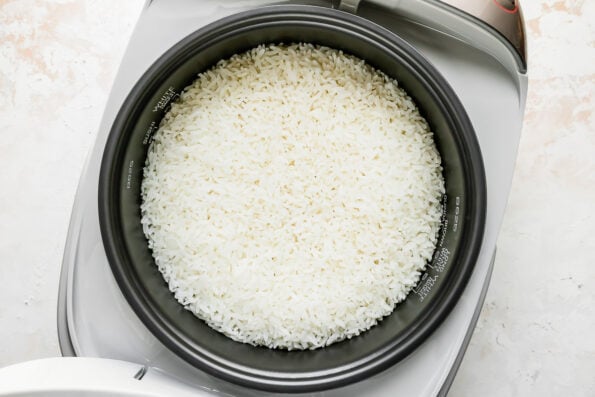
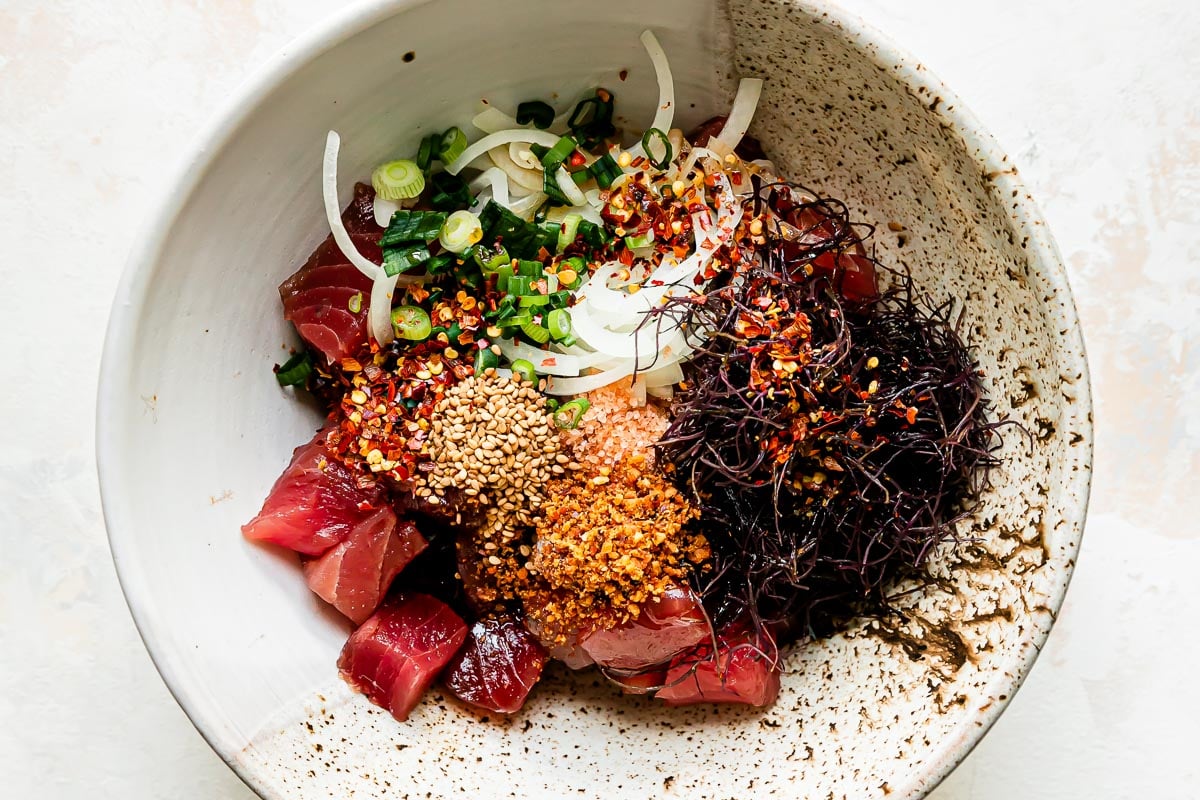
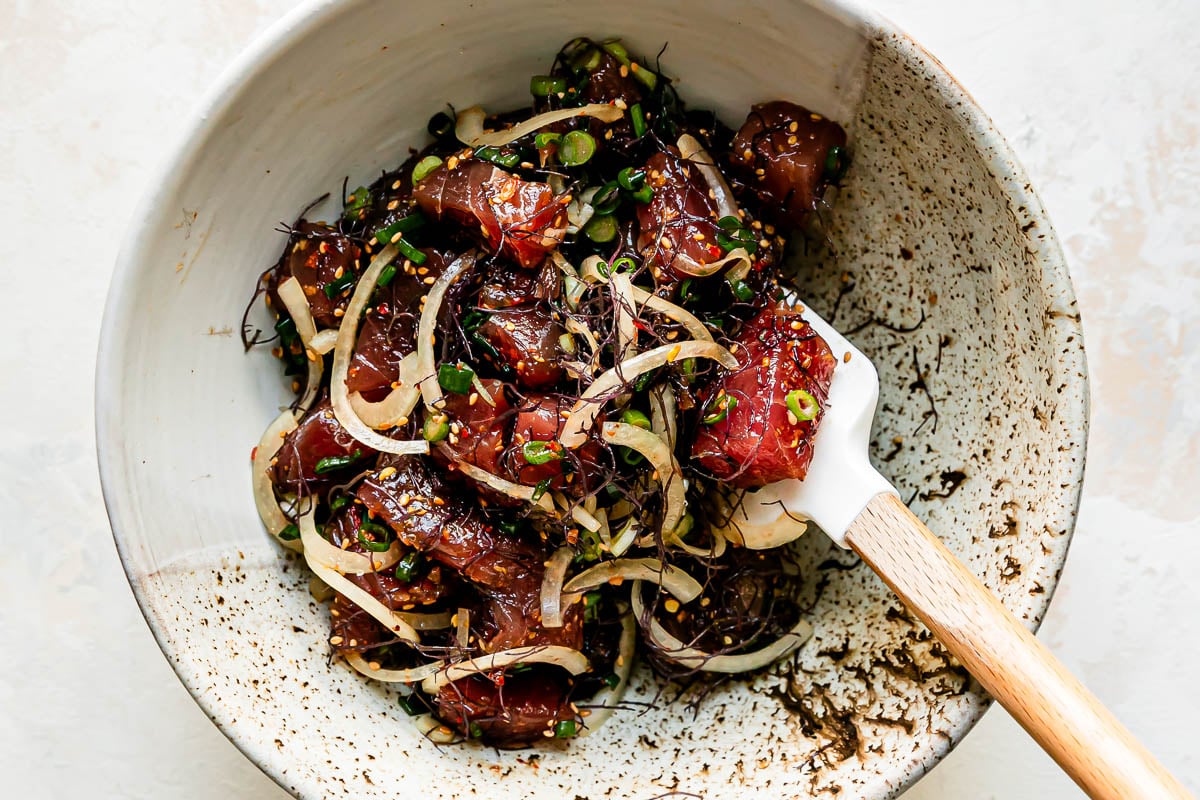
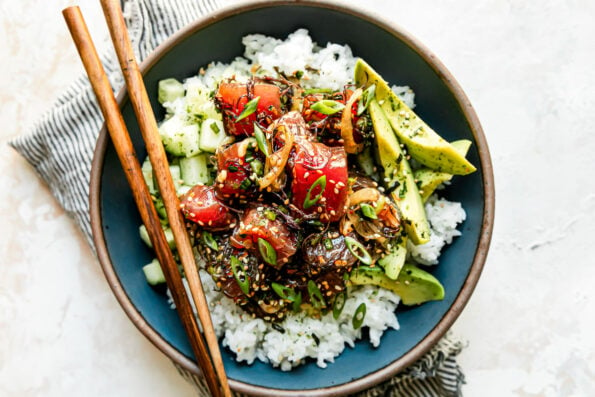
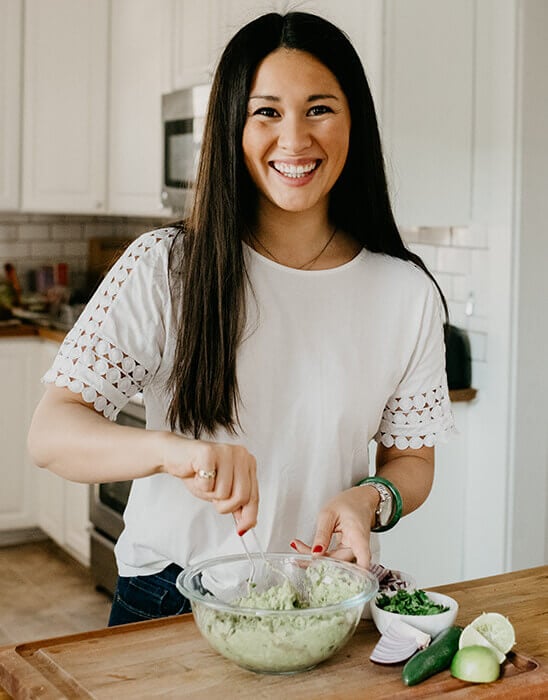
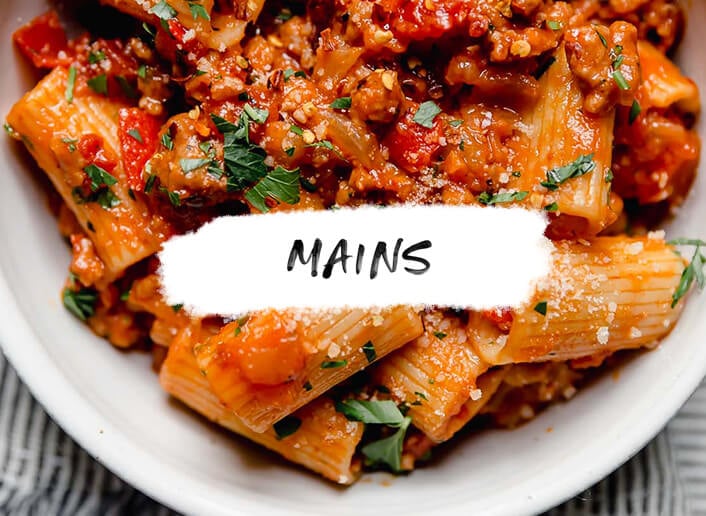
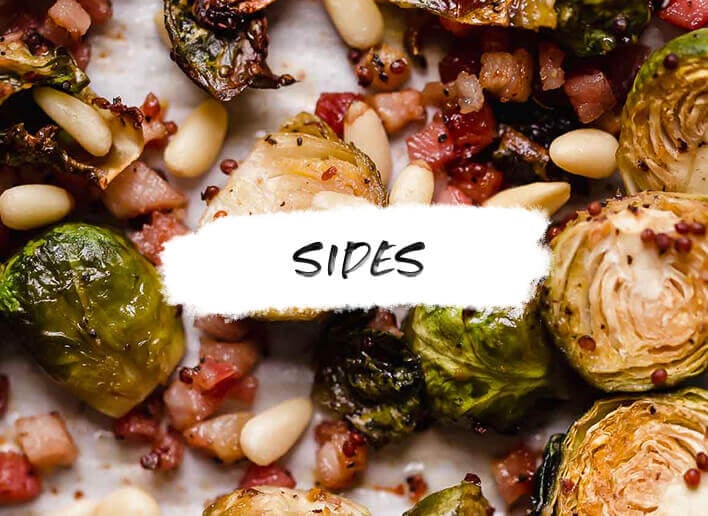


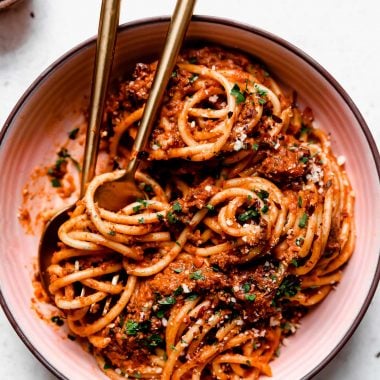
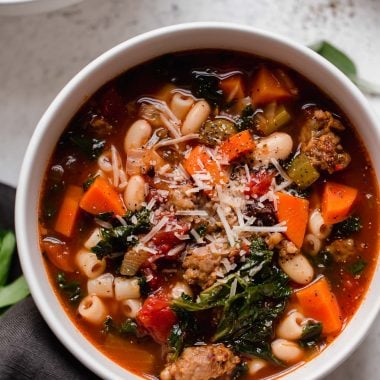
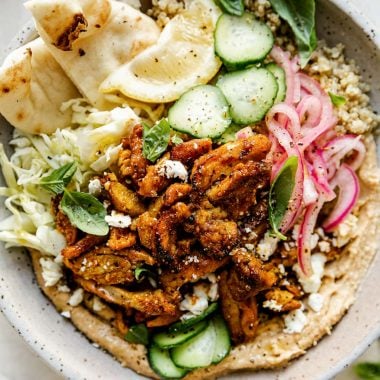
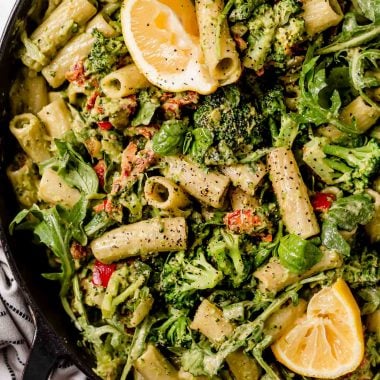
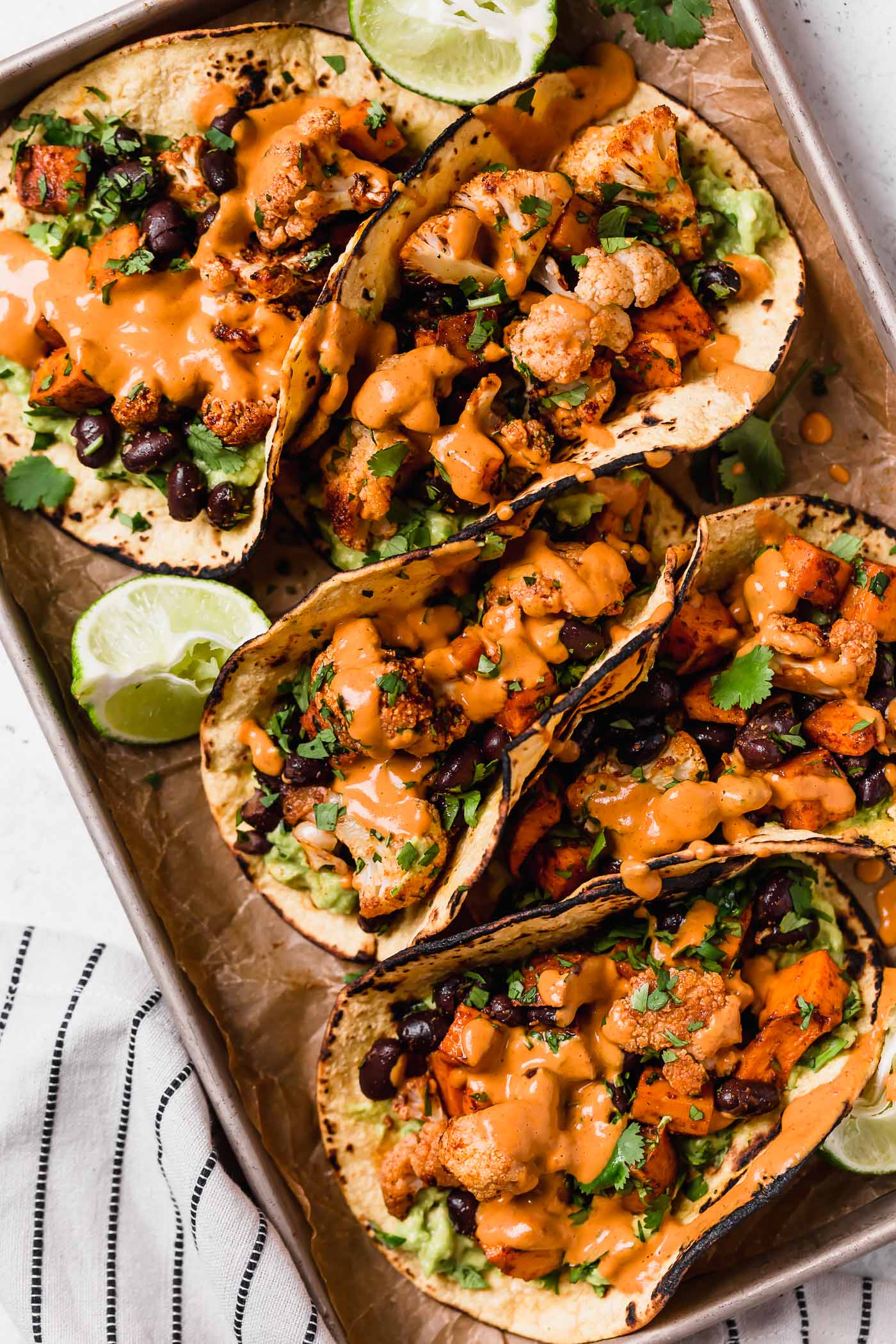

Hey Jess!
I don’t do poke often, more of a sashimi or ceviche guy, but I keep finding myself back at this post. I use it as a my base and if I’m lucky enough to have everything then great if not improv is required. Regardless I super appreciate you putting this up!
So glad to hear that this has been a helpful base recipe for you, John! Thanks for the review!
These are so delicious and immediately transport me back to the islands.
Woooo hooo that’s the goal! 🙌🏼
Best Supporting poke bowls ever
We couldn’t agree more, thanks Mary!! 🙂
Looks incredible, can’t wait to try it out.
Thank you, Chanel! Hope you are able to try soon!!